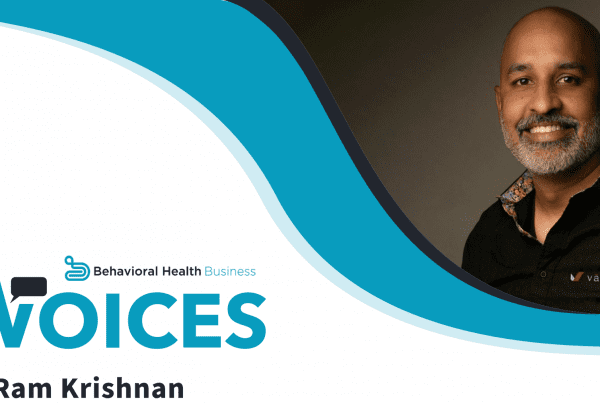5 Indications A Change is Needed
For many behavioral health practices, looking back at an EHR implementation is not always done with fondness. Taking on a new software solution often creates strain on a practice’s limited time and resources. Even as EHR technology improves and new features and functionality exist that can better serve the practice’s needs, the thought of having to go through another implementation is enough to squash any genuine temptation to do so—no matter how justified.
As easy as it might seem to “stick with the devil you know”, the pain points of an underperforming EHR amass tangible costs that, when left unaddressed, seriously affect the practice’s bottom line. Eventually, the operational costs of sticking with an outdated system exceed what could be spent upgrading to a stronger, more robust one. Practice owners that are wondering whether or not they’ve reached that point of critical mass should pay special attention to the signs it’s time to switch EHR solutions.
The staff wish they could just go back to paper
The unveiling of Meaningful Use resulted in a generation of EHR technology built specifically to satisfy CMS requirements, but such solutions didn’t consider the practical operational needs and clinical workflows necessary to provide patient care. Years have since passed, and the technology of yesteryear has failed to keep pace with the growing needs of providers to a point where workflow inefficiency and user frustration are big concerns.
Has your practice outgrown its EHR? Learn how to tell by clicking here.
Redesigning the practice’s entire workflow to fit the EHR seems tempting
In an industry as dynamic and subject to local regulatory nuances as behavioral health is, making a one-size-fits-all software solution simply isn’t possible. Practices evaluate their options based on features that best serve them in the moment, but as time goes on, practices can grow and change in unpredictable ways. How well an EHR solution continues to support a practice depends a lot on circumstance, and sometimes the existing functionality of the software and a practice’s needs are irreconcilable. Under such conditions a practice might be tempted to work around the EHR, rather than have an EHR that works around the practice.
The learning curve is too steep
Providers in a group practice come and go, so training is an important consideration in the grand scheme of things. Getting new providers up and running in a timely manner depends on effective training, which can either be made difficult or easy depending on the EHR involved. Practice managers will find training is a tremendous time sink if they are using an EHR solution that is overly-complicated.
Fees, fees, fees
Despite the ink on the contract having long since dried, additional fees continue to crop up — sound familiar? Pricing models vary from vendor to vendor, and each have their own way of handling costs related to maintenance, support, or other peripheral services. Nickel-and-diming is a common strategy to reduce overhead costs, but don’t be fooled. After a certain point the sum of all service charges will vastly outweigh those of the vendor that doesn’t charge for them in the first place.
Lack of support
Inadequate customer support adds up to dollars, even if the practice doesn’t have to pay extra for it. Long wait times, transfers, and non-resolution of issues cut deeply into the practice’s time—time that would be otherwise spend being productive.
Practice managers will need to evaluate their own unique set of circumstances to determine whether or not it’s time to switch EHRs, but for those that have already encountered any number of the indications discussed above, the cost of inadequacy may run even deeper than expected. Having an EHR solution that meets the needs of the practice is key to ensuring the practice realizes returns instead of sunk costs.
Is it time for your practice to consider a new EHR solution?
If any of this sounds familiar to you, it may be time to evaluate other EHR options. We would love to show you Valant’s Behavioral Health EHR to see if it might be a better fit.





